Table of Content
- What Type(s) of Data Do You Want to Capture?
- How Do IoT Sensors Work?
- How Do Microcontrollers Perform Signal Processing?
- How Do IoT Sensors Communicate with Microcontrollers?
- How Do IoT Sensors and Applications Send and Receive Messages?
- What Are the Most Common Types of IoT Sensors?
- Top IoT Sensors
- Krasamo Works With Key Technologies
Data is the new oil for digital businesses, as the adage goes. So how do you capture real-time data from the physical world?
Creating digital products requires physical objects embedded with sensors that are then connected to the internet. Sensors create signals that are interpreted and used by IoT systems
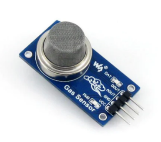
What Type(s) of Data Do You Want to Capture?
For example, if you want to know the temperature in all the hotel rooms and adjust it to optimize energy consumption, you must install temperature sensors. A system will ingest and analyze the data and trigger actions without human intervention.
Sensors transmit data through a communication network that connects IoT edge and gateways and goes to a platform where the data system collects, processes, and analyzes the data. Once you have the data, you can create workflows and pipelines that feed analytics systems, machine learning models, and AI applications.
How Do IoT Sensors Work?
Microcontrollers convert analog signals to digital signals, such as a voltage signal to a digital value representing the data. These signals are processed to extract information, analyze, and generate an output sent to the IoT platform.
The output generated is used by other systems that perform actions, control, or interact with other devices. For example, if a factory machine malfunction is detected, this signal may stop other machines until corrections or modifications are made.
How Do Microcontrollers Perform Signal Processing?
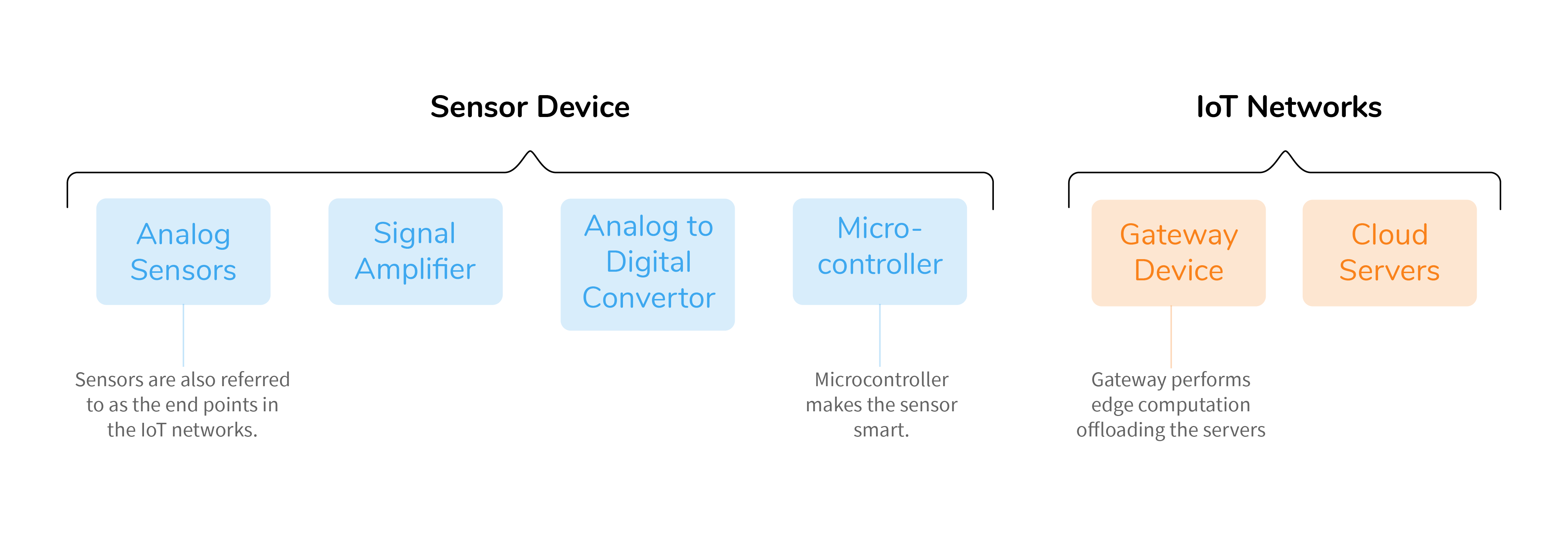
How Do IoT Sensors Communicate with Microcontrollers?
- I2C (Inter-Integrated Circuit) (synchronous)
- SPI (Serial Peripheral Interface) (synchronous)
- Wireless Protocols
- Short Range (Bluetooth, Wi-Fi, Matter)
- Long Range (Zigbee, LoRa, Cellular)
- UART (Universal Asynchronous Receiver-Transmitter) (asynchronous)
How Do IoT Sensors and Applications Send and Receive Messages?
MQTT (Message Queuing Telemetry Transport) is a lightweight publish/subscribe messaging protocol commonly used to securely connect and share data between IoT sensors/devices, cloud computing, and applications. MQTT requires minimum bandwidth and is ideal for IoT devices with limited resources.
What Are the Most Common Types of IoT Sensors?
IoT sensors also use different technologies, such as images, light, magnets, infrared, touch sensing, ultrasonic, sonar, and many more.
There are miniature sensors built using MEMS (Microelectromechanical Systems) that are highly sensitive and measure the physical, biological, or chemical properties of particular environments. For example, some MEMS sensors are accelerometers, gyroscopes, and pressure sensors.
Top IoT Sensors
- Pressure sensors
- Temperature sensors
- Image sensors
- Gas Sensors
- Humidity Sensors
- Optical Sensors
- Proximity Sensors
- Motion Sensors
- Infrared (IR) Sensors
- Smoke Sensors
- Gyroscopic sensors
- Acceleration sensors
- Chemical sensors
- Water quality sensors
- Level sensors
Krasamo Works With Key Technologies
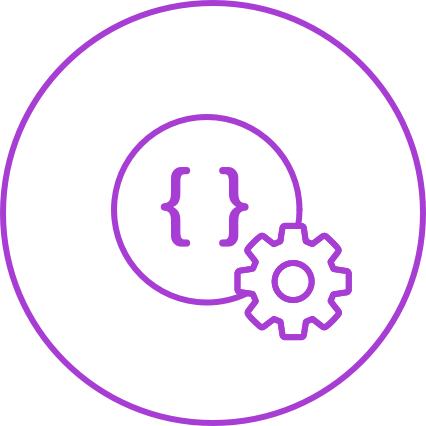
C/C++
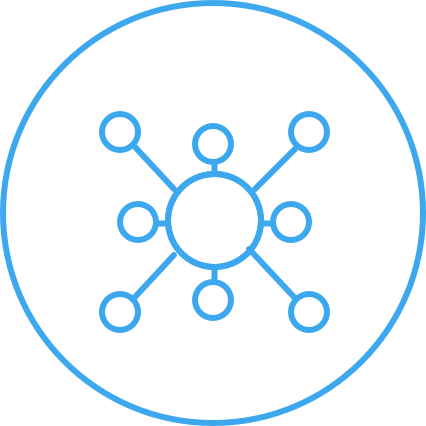
BLE Mesh

Linux
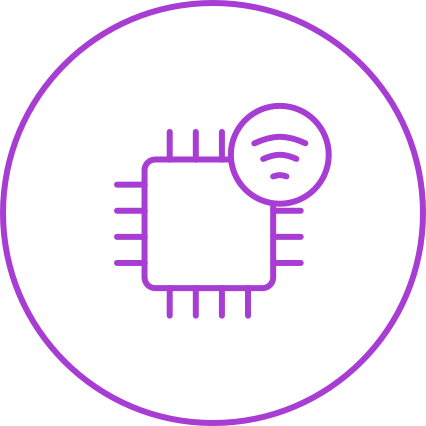
Embedded Wi-Fi
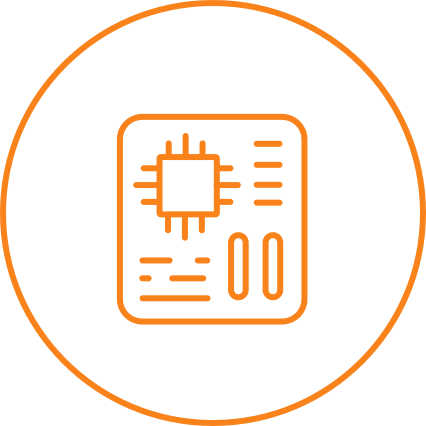
Board Support Package (BSP)

Flutter Apps

Rust (Language)
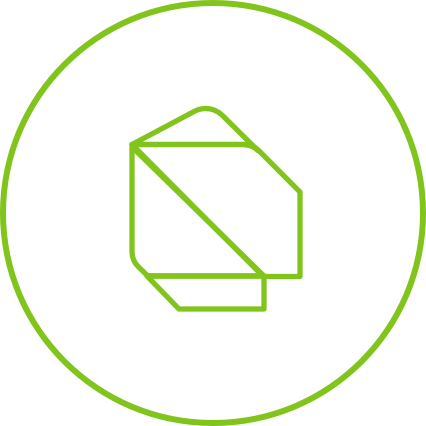
Dart
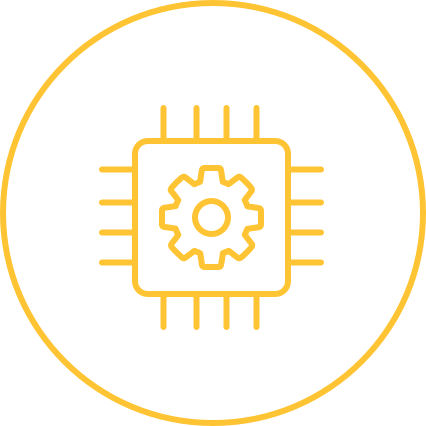
FreeRTOS
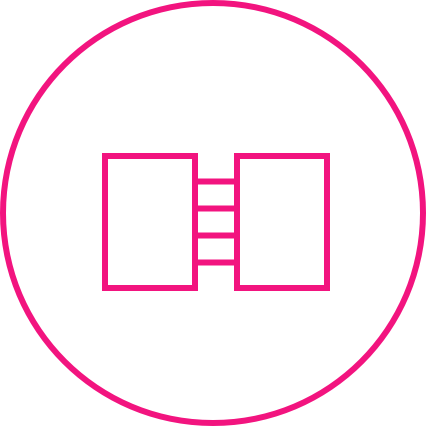
Serial Peripheral Interface (SPI)
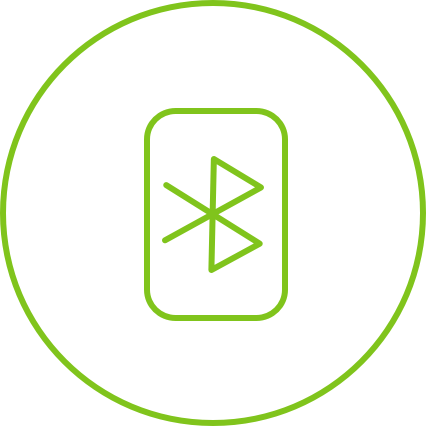
Bluetooth/BLE
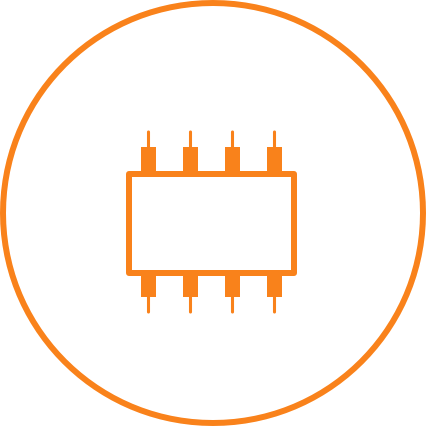
I²C I2C Protocol

C/C++

BLE Mesh

Board Support Package (BSP)

Rust (Language)

FreeRTOS

Bluetooth/BLE

Linux

Embedded Wi-Fi

Flutter Apps

Dart

Serial Peripheral Interface (SPI)

I²C I2C Protocol
Krasamo is an IoT development company based in Plano, Texas, with more than 12 years of experience in IoT projects in industrial and consumer markets.
Krasamo serves the IoT technology market and has participated in strategic developments collaborating with many medium to large US clients.
Learn more about IoT consulting services with Krasamo today.
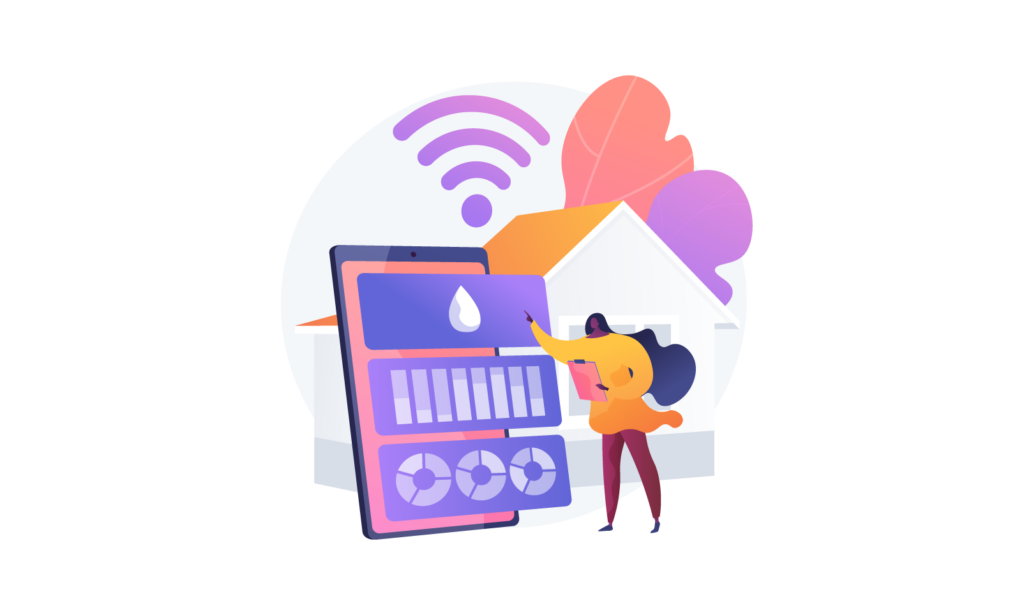





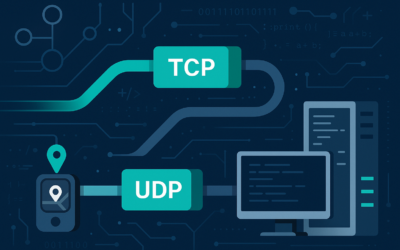
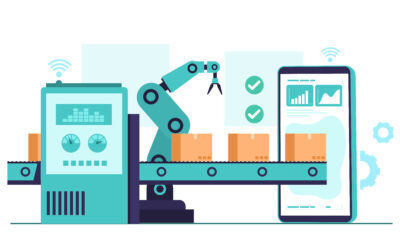

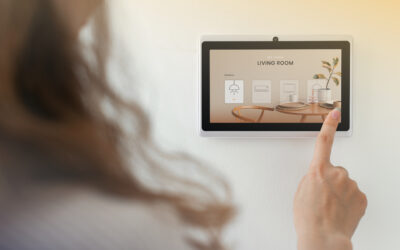
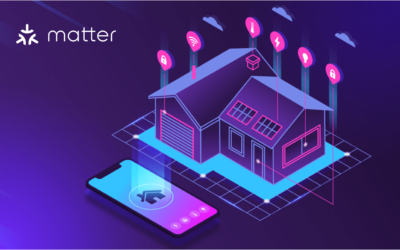
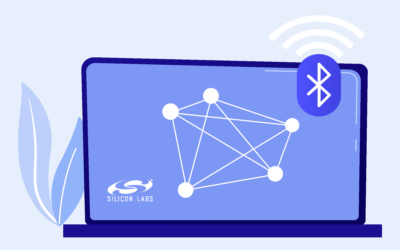
Hey there! Can someone explain how data from IoT sensors is securely transmitted? 🤔
Secure transmission of data from IoT sensors is achieved through various communication protocols, such as MQTT (Message Queuing Telemetry Transport). This lightweight protocol enables secure and efficient exchange of messages between devices, cloud computing, and applications. It’s ideal for IoT devices with limited resources, making it a popular choice for real-time data capture in various industries.